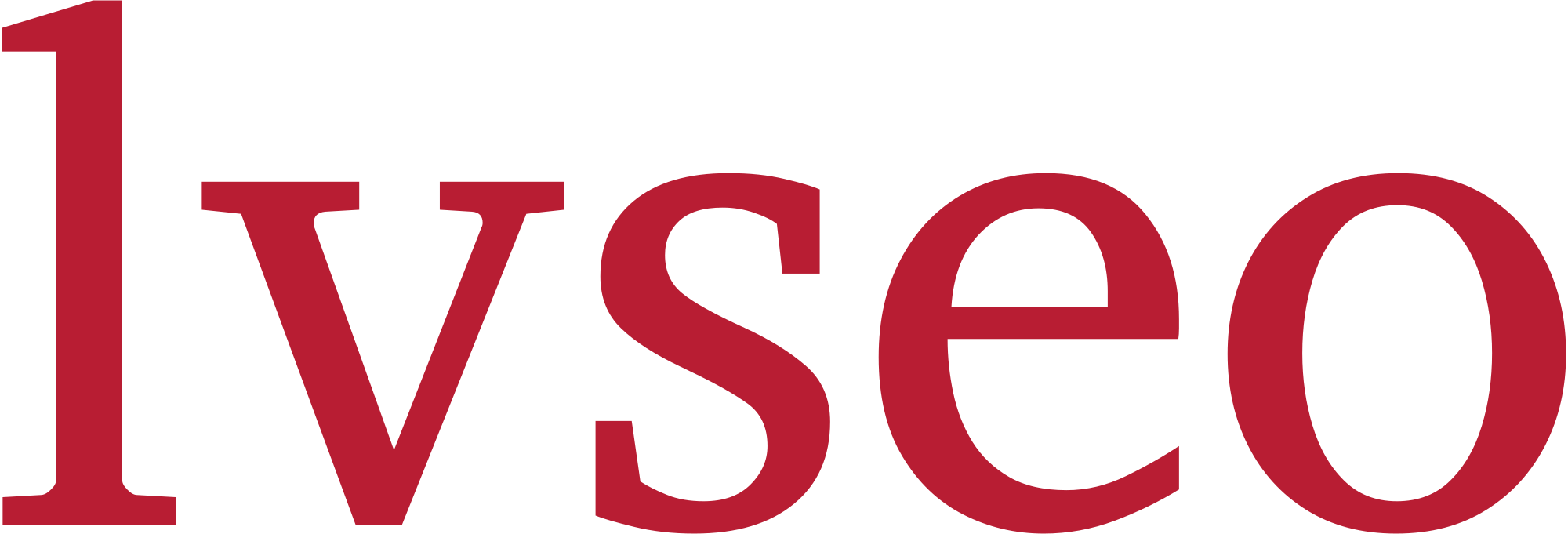
Download
Understanding health insurance terminology is crucial for effectively managing your healthcare costs. Here are some key terms:
1. Premium
The amount you pay for your health insurance every month. This is a fixed cost regardless of how much or how little you use your insurance.
2. Deductible
The amount you must pay out-of-pocket for covered healthcare services before your insurance starts to pay. For example, if your deductible is $1,000, you’ll pay the first $1,000 of covered services yourself.
3. Copay (Copayment)
A fixed amount you pay for a covered healthcare service, usually when you receive the service. For example, you might pay $20 for a doctor’s visit or $10 for a prescription drug.
4. Coinsurance
Your share of the costs of a covered healthcare service, calculated as a percentage of the allowed amount for the service. For instance, if your plan has 20% coinsurance, you pay 20% of the cost of a service after you’ve paid your deductible, and your insurance pays the remaining 80%.
5. Out-of-Pocket Maximum
The most you have to pay for covered services in a plan year. After you spend this amount on deductibles, copayments, and coinsurance, your health plan pays 100% of the costs of covered benefits. This limit helps protect you from very high costs.
6. Network
The facilities, providers, and suppliers your health insurer has contracted with to provide healthcare services. Using in-network providers usually costs less than using out-of-network providers.
7. Explanation of Benefits (EOB)
A statement from your health insurance company detailing what costs it will cover for medical care or products you’ve received. The EOB is not a bill but an explanation of how your benefits are applied to the charges.
8. Formulary
A list of prescription drugs covered by your health insurance plan. This list includes both brand-name and generic drugs and is often organized into tiers that indicate the cost-sharing structure.
9. Prior Authorization
A requirement that your healthcare provider obtain approval from your health insurance company before prescribing a specific medication or performing a particular service to ensure it is covered.
10. HMO (Health Maintenance Organization)
A type of health insurance plan that requires members to get healthcare services from a network of designated providers and usually requires a primary care physician referral to see a specialist.
11. PPO (Preferred Provider Organization)
A type of health insurance plan that offers more flexibility in choosing healthcare providers and does not usually require a primary care physician referral to see a specialist. Out-of-network care is also covered but at a higher cost.
12. EPO (Exclusive Provider Organization)
A managed care plan where services are covered only if you use doctors, specialists, or hospitals in the plan’s network (except in an emergency).
13. POS (Point of Service)
A type of plan where you pay less if you use doctors, hospitals, and other healthcare providers that belong to the plan’s network. POS plans require a referral from your primary care doctor to see a specialist.
14. Flexible Spending Account (FSA)
An account you can contribute to pre-tax to pay for qualified medical expenses, such as deductibles, copayments, and prescription drugs. Funds must be used within the plan year.
15. Health Savings Account (HSA)
A savings account available to those with a high-deductible health plan (HDHP) that you can contribute to pre-tax to pay for qualified medical expenses. Funds roll over year to year if you don’t spend them.
For further information, resources like Healthcare.gov and insurance providers’ websites can offer comprehensive explanations and examples.

